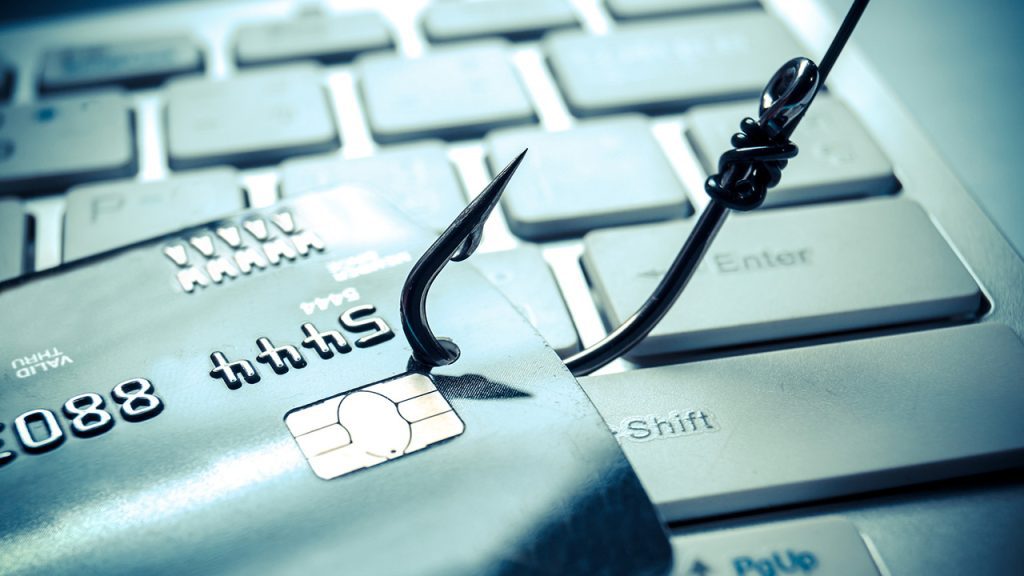Cash, credit…or smartphone? As the following article relates, smartphone payment options at the POS are rapidly increasing with the introduction new mobile payment alternatives from a variety of providers.
According to analytics firm eMarketer, mobile payments in stores are expected to top $114 billion by 2018, with the average person spending almost $2,000 per year using their smartphones at the checkout. If you don’t want to be an old fogey still paying with a debit card in 2020—pay attention—because these are the payment services that are going to rule your digital life sooner rather than later.
One of the newest kids on the pay-by-phone block is Walmart. That’s right, a simple tap and snap is all it takes to buy basically anything and everything at the nation’s largest retailer these days. And you don’t have to be tech-savvy to use it.
To use Walmart Pay, all you have to do is open the Walmart app once you’re at the checkout, tap Walmart Pay, enter your pin, and then scan the QR code that appears on the digital screen by the register. The money will automatically be charged to your card, and you can leave your wallet at home.Despite being recently overtaken by Amazon in sheer volume of customers, Walmart remains the biggest brick-and-mortar retail chain on the planet, so it makes a lot of sense that they’d want to make it as easy as possible for customers to cruise through the checkout. By now, you may have heard of Android Pay, Apple Pay, and even Samsung Pay, but you probably don’t use them all that often — if at all. They all work in essentially the same way; as direct replacements for your debit or credit cards at various chains such as Starbucks or Whole Foods.
In order for a store to accept these types of mobile payments, they must be equipped with a contactless sale terminal. That might sound like a crazy piece of gear, but it’s actually just a small hub that sits right at the checkout, usually alongside a standard card-swiper and keypad. Not all stores have them, but the vast majority either already adopted them or are in the midst of rolling them out, nationwide.
While the mobile payment options are on the rise, actual usage is confined to early adopters. The exception is Starbucks where about 25% of payments are made via smartphone. However, this has more to do with the store’s ardent customers, 12 million of whom are members of their loyalty program that drive the mobile payment utilization. Other retailers are seeing less enthusiastic mobile pay participation. Store clerks and cashiers report that they see very little mobile payment use. In general, consumers are still inclined to reach for plastic, especially given the card issuers’ lucrative rewards and cashbacks, and that will not change in the foreseeable future.
Overview by Raymond Pucci, Associate Director, Research Services at Mercator Advisory Group
Read the full story here
